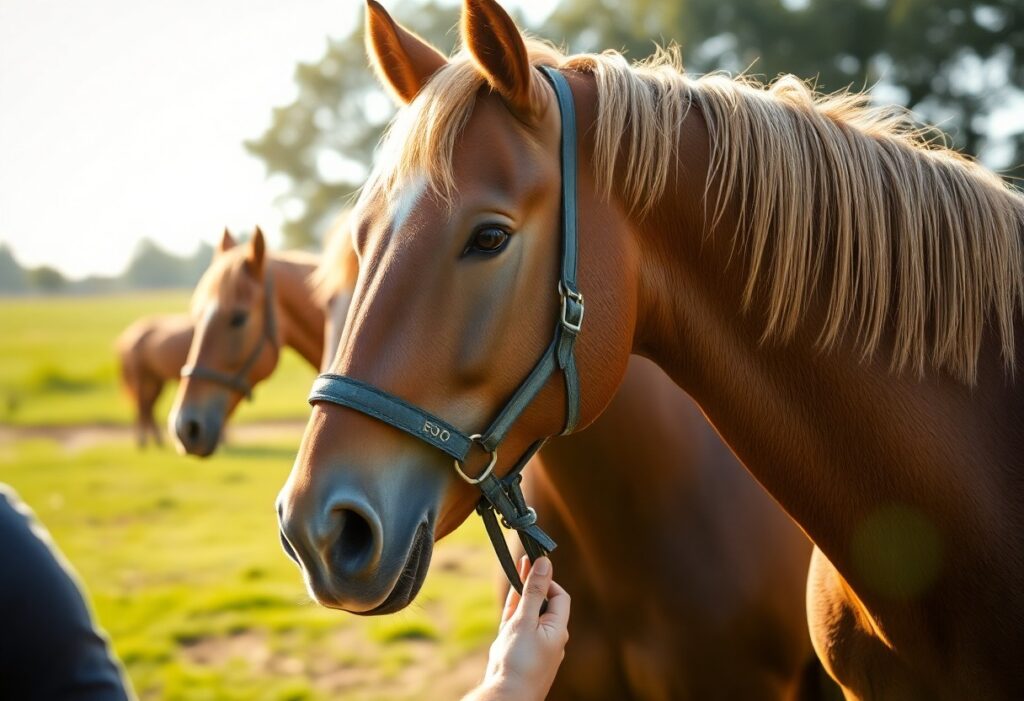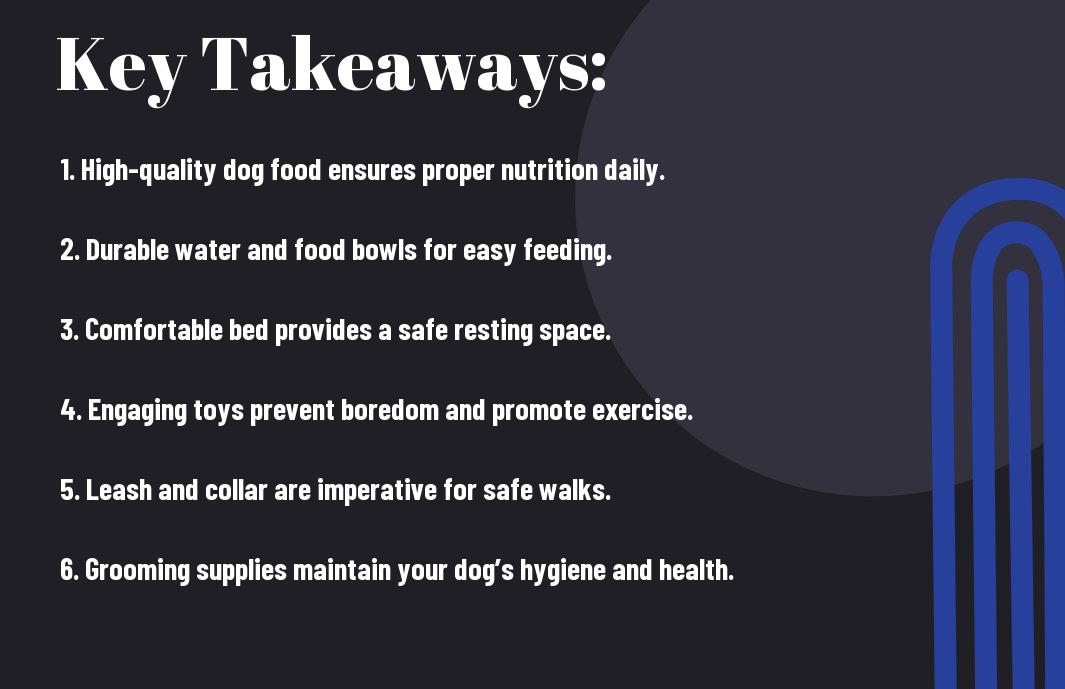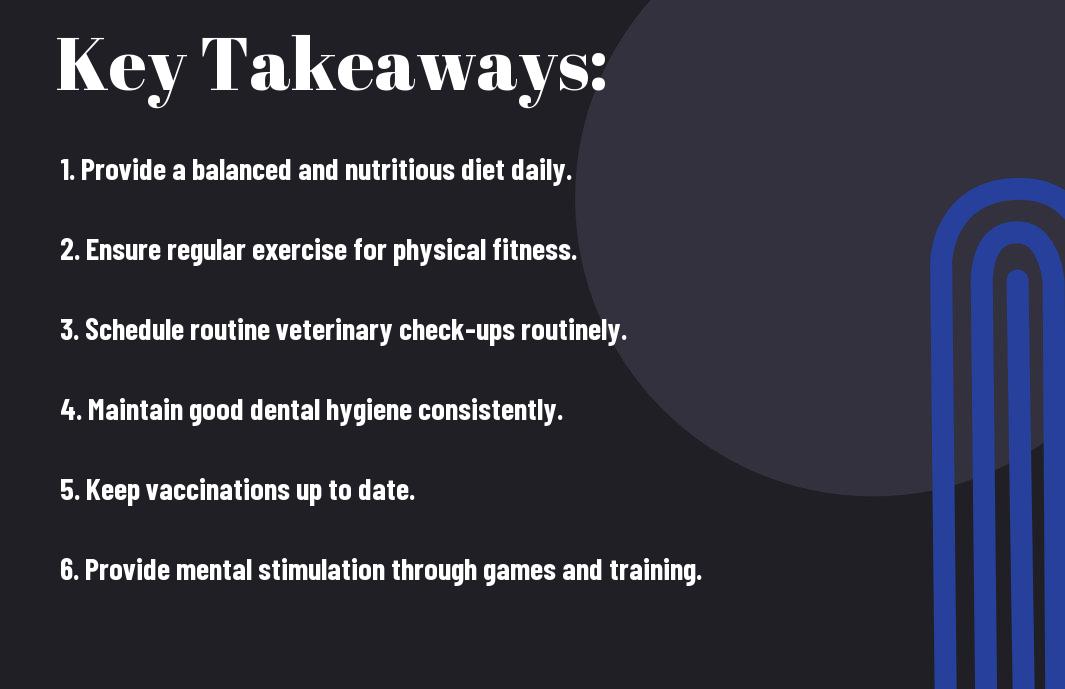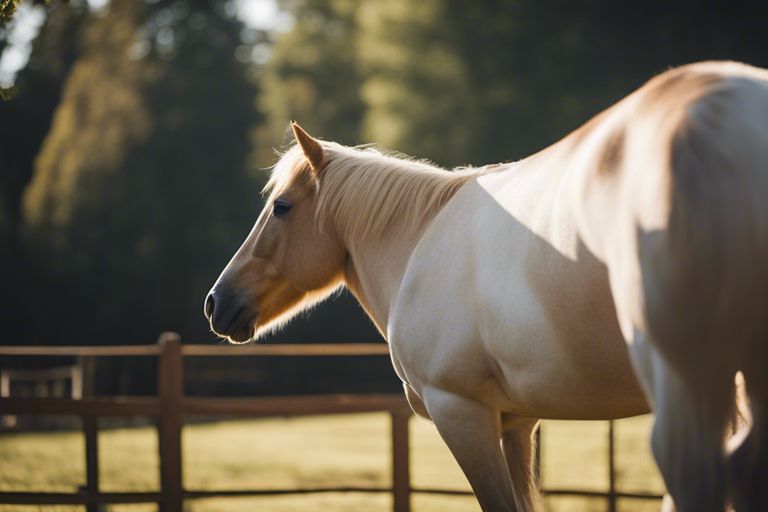Many farmers face the challenge of training horses effectively while ensuring the well-being of their animals. Utilizing gentle techniques can lead to a more harmonious relationship between you and your horse, as well as more successful training outcomes. Here are several approaches that you can adopt.
First, establish a strong foundation of trust. Spend time with your horse outside of training sessions. Allow it to get comfortable with your presence by gently approaching it, offering treats, and engaging in soft, reassuring vocalizations. This creates a secure environment where the horse feels safe and more willing to learn.
Next, focus on positive reinforcement. This approach involves rewarding your horse for desired behavior, making it more likely to repeat those actions. Use carrots, oats, or soothing words as rewards. When you notice your horse performing the desired action, such as walking forward or standing still, promptly offer praise or a treat. This helps reinforce the behavior without using force.
Another effective technique is to practice desensitization. Horses can become anxious about new experiences or equipment. Gradually expose your animal to various stimuli, such as saddle pads or plastic bags, in a controlled manner. Start from a distance, allowing your horse to observe the item without feeling threatened. Slowly decrease the distance over time, rewarding your horse for remaining calm.
Utilize body language to communicate effectively with your horse. Horses are highly attuned to nonverbal signals. Pay attention to your posture and movements; an open stance signals relaxation, while tense body language may provoke anxiety in your horse. Approach your horse with a calm demeanor to encourage it to respond positively.
Additionally, break training sessions into short intervals. Horses have limited attention spans, so keep sessions engaging and brief. Aim for 15-20 minute training periods followed by breaks. This maintains your horse’s focus and prevents frustration. Be patient and allow your horse to absorb information at its own pace.
Incorporate groundwork into your training. Groundwork helps establish respect and connection away from the saddle. Practice leading your horse, teaching it to move forward, stop, and turn with gentle cues. Groundwork lays the groundwork for successful under-saddle training and fosters communication between you and your horse.
Lastly, always approach training with a positive mindset. Your attitude influences your horse’s behavior. Stay calm, focused, and avoid displaying frustration. If challenges arise, take a step back and reassess your strategy. Adopting a constructive approach helps both you and your horse maintain a positive training experience.
By implementing these gentle techniques, you can create an effective training regimen that promotes cooperation and trust. Through patience and understanding, you build a lasting bond with your horse that enriches your farming experience.











